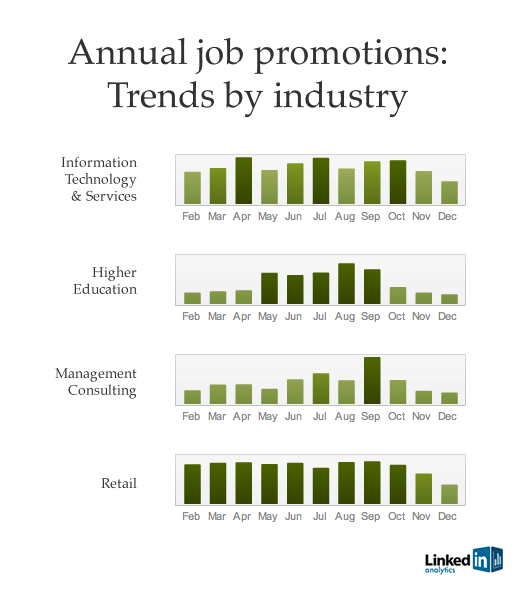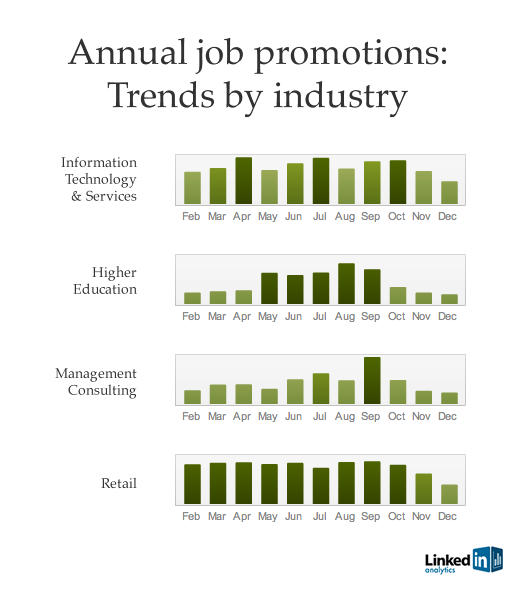![How [meta]marketer turns 10 pixels of white space into double-digit conversions](https://img-cdn.tnwcdn.com/image?fit=1280%2C720&url=https%3A%2F%2Fcdn0.tnwcdn.com%2Fwp-content%2Fblogs.dir%2F1%2Ffiles%2F2011%2F06%2Fnashville.jpeg&signature=8ce9b61f953a1e4a6f380ff2fc6a4b73)
You’ve tried SEO, you’ve worked with people who know all of the right words to say. You have a great product and yet you seem to dump customers every time that they have to sign up in order to check out from your online shop. What gives? Kate O’Neill can probably find out.
Kate is the Founder and CEO of a Nashville-based [meta]marketer. It’s a cold, nearly-rainy day in November and I’m meeting with her to talk about a number of things, but mostly about why [meta]marketer keeps popping up on my radar when people talk about Nashville.
To start, you need a bit of background on O’Neill. The Chicago native moved out to San Jose in the mid 1990’s and experienced everything that was good and bad about the rise of the Internet. She worked with Netflix in its early days, staying in the Valley area until the bubble burst.

It was then that O’Neill and her now-husband made the move to Nashville. O’Neill held a number of positions with both startups and large businesses, all of them focusing on her ability to translate data into customer engagement and sales. According to her official bio over at [meta]marketer:
“Kate’s interest in experience optimization and profit maximization came to a head while leading customer experience and product development for Magazines.com…where Kate and her team drove conversion rates up 40% year-over-year”
In the early part of 2009, O’Neill decided that it was time to step up. For starting [meta]marketer, Nashville was an ideal market. There weren’t any direct competitors in the area who were doing exactly what she had planned and the market was rich with potential clients. The city has a rich, if smaller technology scene and there is plenty of support to go around.
O’Neill walks in and we start to talk over coffee. My first question was how [meta]marketer sees itself. To that, O’Neill has a high-level answer that only skims the surface of what I’d later find.
“We conceptualized ourselves as strategists first and foremost. We’re trying to work with medium to large businesses who do transactional business; things like click-through and purchases.”
I had read a story on the [meta]marketer blog about how moving an element to provide 10 pixels of white space ended up with a double-digit increase in conversions. Asking O’Neill to tell the tale, we get a bit more insight.
“I’m a data junkie, but I’m very much a content junkie. That’s the process that I’m fascinated with. The way that it works best is by balancing an interest in behavior with an interest in the data. You have to look at design, SEO, your business plan and all other parts as a holistic approach.”
But then just as quickly as she mentions SEO, she also issues a stern warning concerning it:
“When people come to us asking for SEO, it becomes obvious that they don’t know what they’re asking for. We’re very good at it, but we don’t feel like it’s a long-run thing. We have to look at how social integrates with the Web.”
That social factor, given my background with The Next Web, is a hot button. O’Neill states that the factors involved go back to that holistic approach. How do you combine the elements of having SEO-friendly content with user behavior?
“What search is used for today is not what it will be used for in a few years. Thinking back, search wasn’t the dominant thing. We have to simply understand user behavior and what that means for business.”
 There’s apparently a danger involved with any buzzword, according to O’Neill. In fact, she sees SEO as being a major problem, simply because of people paying it too much attention. “Typically anything that becomes a buzz word, taken at face value, is a bad process.”
There’s apparently a danger involved with any buzzword, according to O’Neill. In fact, she sees SEO as being a major problem, simply because of people paying it too much attention. “Typically anything that becomes a buzz word, taken at face value, is a bad process.”
But O’Neill is also not quick to write off flash-in-the-pan details. “Sudden gains in traffic leading to a lower conversion rate aren’t necessarily bad. These esoteric values around brands and experience need to be accounted for in some way.”
It’s a method that O’Neill has put into practice with [meta]marketer from the start, and one that she’s spent a considerable amount of time researching, as well. But it’s not just granola-loving touchy-feely business practices. O’Neill is a hard sell. In a piece that she penned for CMO.com, she talks about the balance between running your business and running away your business.
Whatever the balance your organization needs to strike, the goal is, in reality, an optimized customer experience, not conversion.It should be clear that this is not simply empty-headed nonsense about getting back to basics or running your $500-million business as if it were a neighborhood shop. It’s a disciplined approach to maximizing profit by understanding that metrics represent people.
So what direction is next for the Internet, be that for content providers or online shops? The same thing that we talk about for good social media strategy — meaningful experience. “More and more it has become evident that there wasn’t as much value in providing personalization as there was in providing segmented, meaningful experiences.” Again, the holistic view reigns.
But does it work? It’s three years later and [meta]marketer has a long and growing client list. From media companies, pest control and even Nashville’s famous Grand Ole Opry, [meta]marketer is bringing action and results to each of them.
It’s June as I’m writing this. I’ll be sitting down with Kate again around November to talk about where the company has moved and what it has done in the year previous. I’m guessing that the methods will have changed somewhat, but O’Neill’s understanding of holistic views will remain firmly rooted. As we left the coffee shop that day she let out one last bit of information that I’ve hung onto and it’s one that I think almost every business could put into practice.
“Data must always trump your gut, but gut must always be allowed to challenge data.”
Get the TNW newsletter
Get the most important tech news in your inbox each week.




